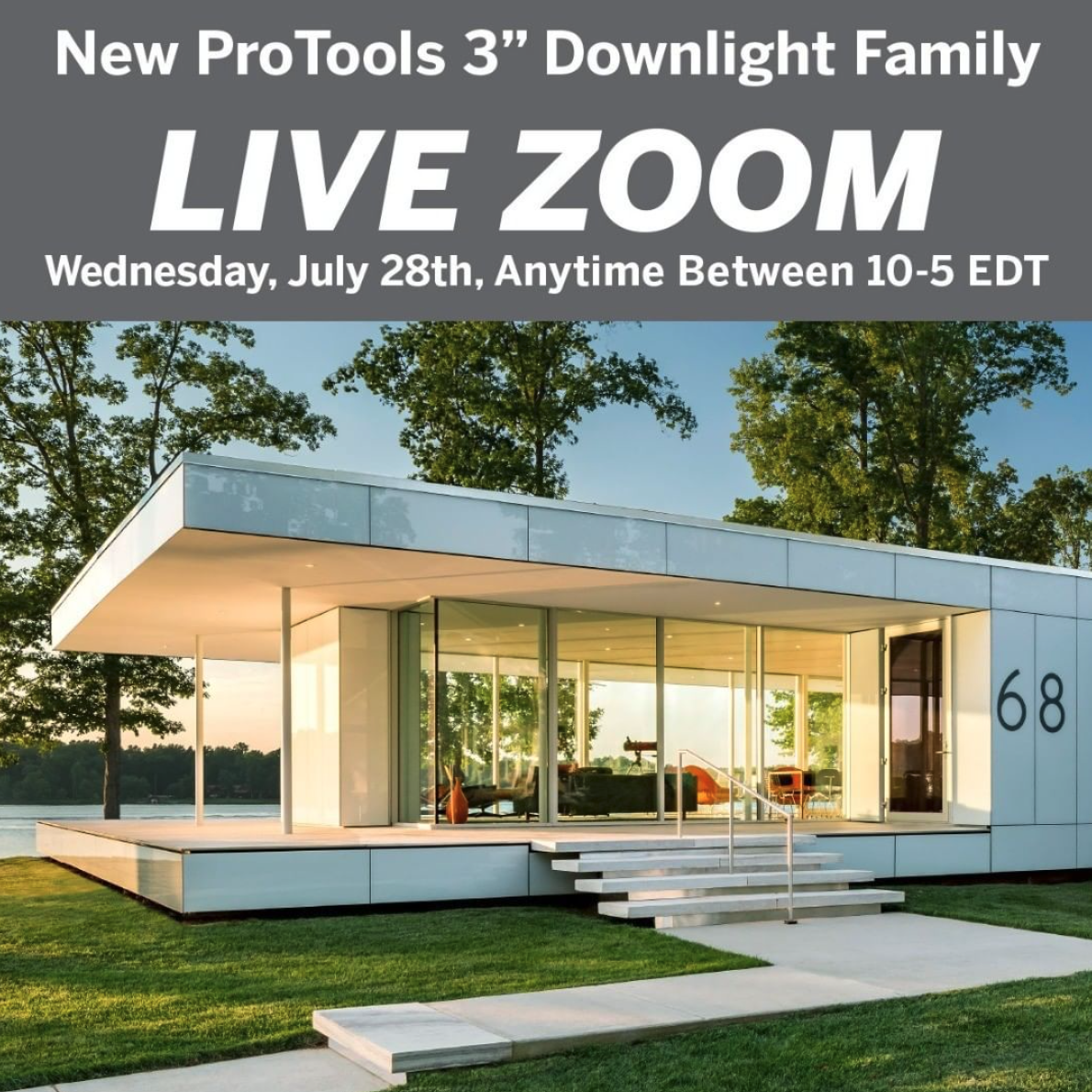I'm Joining the Lighting and Health Research Center
It's a cliche at this point to say that 2020 changed everything. Even as we recover from the pandemic, it's clear that nearly all facets of our culture are re-evaluating what normal should even look like. Everything from food service (ghost kitchens) to the movie industry to the nature of work is being questioned. But that questioning has permeated through to the personal. Do I really want to commute? Maybe I should just live at the beach?
That personal questioning took me down a few different paths. I learned through the pandemic that I was pretty good at creating lighting content that people wanted to engage. I realized that I still liked my day job and the freedom and flexibility it provided. I retained my love of light, and the impact lighting can have on people's lives. But something deeper stirred in me, a desire to take whatever abilities I have and make a lasting impact.
I cast about for ways to make that happen, and then I engaged with Allison Thayer of the Lighting and Health Research Center at Mount Sinai. I rambled to her via zoom about my vision for lighting discussion and education breaking out beyond the lighting industry itself. I explained that we need to create a cultural interest in high-quality light and rarify the art and science of lighting design. She patiently nodded along. I was a little worried she thought I was crazy. But one discussion became two, two became a few more, soon I was presenting Mark Rea, then to the team, and it turns out my crazy vision for what I think the lighting industry needs was in line with theirs.
So today, I'm happy to announce that I am joining the Lighting and Health Research Center at Mount Sinai as their first industry advisor. I am absolutely staying on with SDA Lighting; I owe so much to Randy, Jean, and of course, Melissa that I wouldn't dream of leaving. The agency fully supports my work with LHRC, and for that, I'm incredibly grateful.
So what do I plan on doing? That, like all things, I'm sure will evolve over time, but here are some of the goals.
Get the LHRC back to the center of the conversation around lighting design and best practices by engaging directly with the design community and manufacturers hearing their concerns, goals, and what they would like to see from an independent research body.
Work to reassert the primacy of independent research within the industry. Much of the research that floods social media comes from manufacturers and has a sales motivation behind it. That is not to say that the analysis they are sharing isn't accurate or ethical. It may very well be, but without independent research and reported results, lighting practitioners are left to figure out what is true and what is sales hype.
Build a cultural appetite for high-quality light and excellent lighting design. Fifteen years ago, most people never thought of organic food as anything but an option for the extremely wealthy "health nuts." Today, you can walk into Walmart and buy organic food. That shift in the market came from hundreds of conversations and presentations at trade shows and industry events that most of us have never even heard of; it came from rallying everyone from the health community to the sustainability advocates to raise awareness. It took multiple decades, but it's here to stay. That is the kind of effort that I am envisioning. Although the lighting industry has been very good at talking to itself, how many times have you heard about the next fantastic move forward in lighting control, circadian lighting, or color tuning technologies? How often has your project actually allocated the money for those innovations?
That yawning gap between what is possible and what is expected when it comes to lighting for most projects is not due to lack of funds. There is no lack of funds. What is lacking is an understanding of the value of light in our culture. It is simply not seen as something worth investing in because it is poorly understood and usually pitched as part of a project when budgets are set. We cannot sell the value of light in the middle of the project; we must educate decision-makers before projects even start.
And so, I hope that little by little, as an industry, we can begin to educate other industries on the value of high-quality light and how to make it happen. I believe the LHRC is uniquely positioned for that kind of advocacy because of its independent, science-based approach. It will take many voices, lots of advocacy, and lots of people caring about light to make a dent, but I believe we will. 2020 taught me patience; I don't expect to change the culture overnight. As has often been said, we overestimate what we can do in a year but underestimate what can be done in ten.
If you can't tell, I'm incredibly excited about this opportunity, and you will be hearing a lot more about it over the coming weeks, months, and hopefully years.









